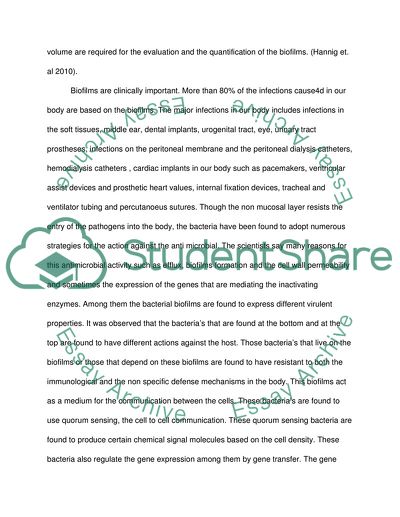Cite this document
(Important Biofilms in Clinical Microbiology Research Paper, n.d.)
Important Biofilms in Clinical Microbiology Research Paper. Retrieved from https://studentshare.org/biology/1741486-important-biofilms-in-clinical-microbiology-literature-review
Important Biofilms in Clinical Microbiology Research Paper. Retrieved from https://studentshare.org/biology/1741486-important-biofilms-in-clinical-microbiology-literature-review
(Important Biofilms in Clinical Microbiology Research Paper)
Important Biofilms in Clinical Microbiology Research Paper. https://studentshare.org/biology/1741486-important-biofilms-in-clinical-microbiology-literature-review.
Important Biofilms in Clinical Microbiology Research Paper. https://studentshare.org/biology/1741486-important-biofilms-in-clinical-microbiology-literature-review.
“Important Biofilms in Clinical Microbiology Research Paper”, n.d. https://studentshare.org/biology/1741486-important-biofilms-in-clinical-microbiology-literature-review.


